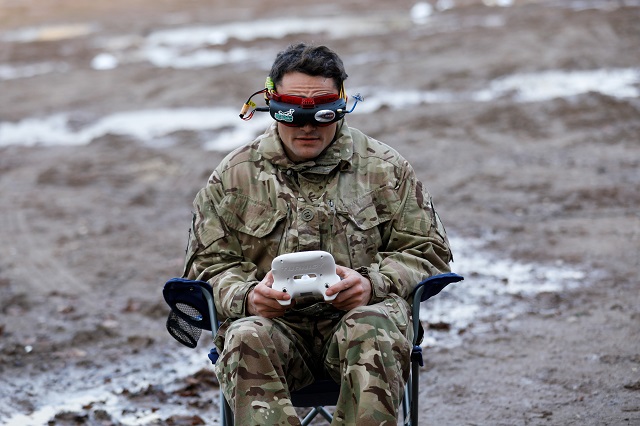
Credit: Bloomberg / Contributor / Getty Images
*This piece originally aired on July 12th.*
DARPA, the Defense Advanced Research Projects Agency, has been developing new military technologies for the United States since shortly after the launch of Sputnik in 1957. But Sharon Weinberger, the Washington Bureau Chief for Yahoo News and the author of The Imagineers of War: The Untold Story of DARPA, the Pentagon Agency that Changed the World, says there’s more to the Agency than new weapons and military strategies. DARPA, Weinberger explains, not only incubated the internet, but it has also worked on self-driving cars and extra-sensory perception, and explored the potential for developing super soldiers.
Three Takeaways:
- In its early days, DARPA worked closely with the office of the president. Over time, though, directives came less frequently from the top, though Vice President Dick Cheney’s direct involvement brought DARPA back to prominence in the early 2000s.
- Weinberger says DARPA faces two big problems today. First, in a world with plenty of well-heeled software companies, DARPA struggles to attract new talent (and is limited by government salaries). Second, DARPA now has to compete with technology industry that is far larger than it was when the agency got off the ground in the 1950s. Searching for the areas where they can make a difference then becomes that much harder.
- DARPA initially tried to build stealth aircraft by taking inspiration from an invisible rabbit. Yep, his name was Harvey, and he co-starred (kind of) in a 1950 movie with Jimmy Stewart.
More Reading:
- If you want to learn more about how Dick Cheney tried to create super soldiers, here’s an article from The Atlantic about the push to let soldiers control robots with their thoughts.
- Some of DARPA’s projects could be implemented by businesses and media outlets. TechWire explores how the media forensics technology that DARPA is developing could help weed out fake news on social media platforms.
- DARPA wants to bring people even closer to technology through its research of brain-machine interfaces (BMIs). SingularityHub describes the project and the implications of such a close relationship between humans and computers.

